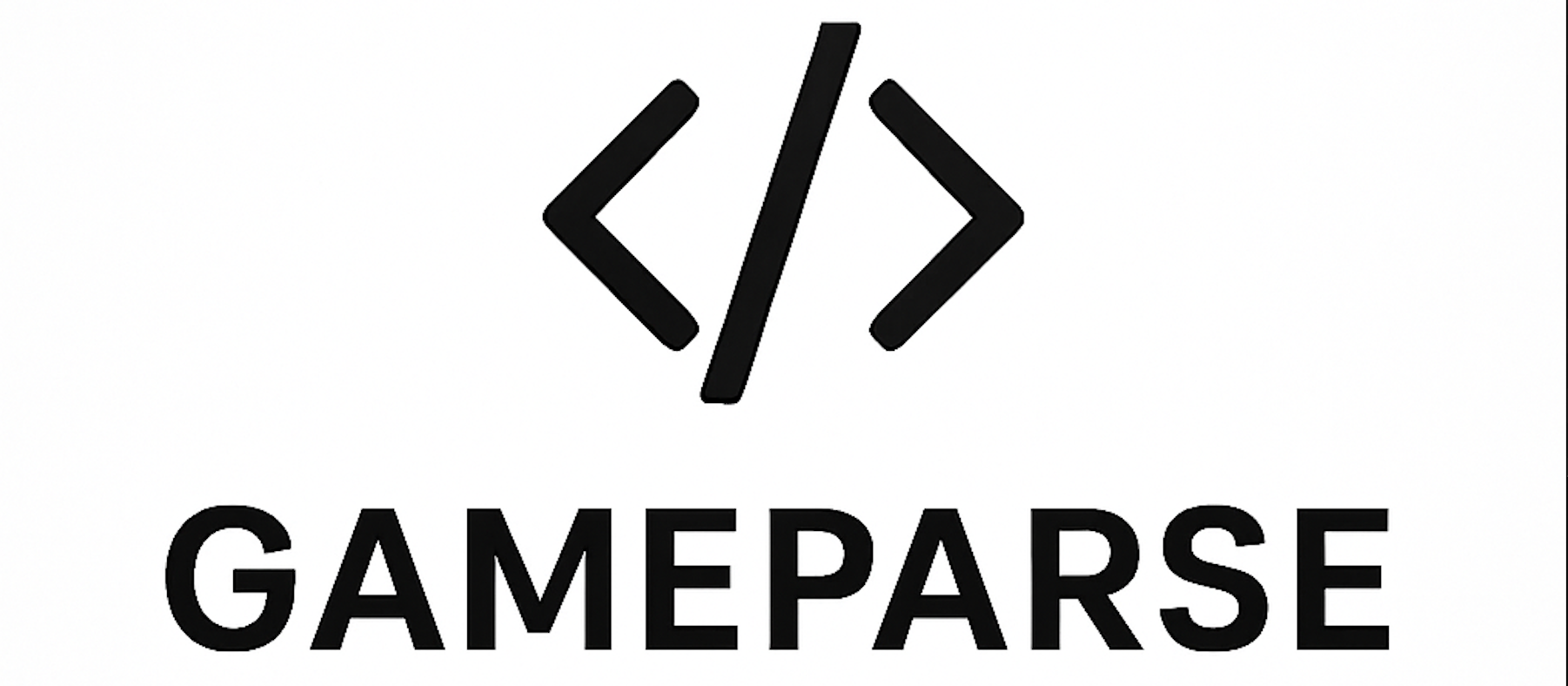The Creative Drought: How Gaming's Obsession with Safe Bets is Stifling Innovation

The gaming industry stands at a crossroads. While technology has never been more advanced and development tools more accessible, the landscape of major releases feels increasingly familiar. Publishers continue to lean heavily on established intellectual properties, churning out sequels, remakes, and reboots at an unprecedented pace. This reliance on proven formulas raises serious questions about the industry's creative direction and its willingness to take risks.
The Comfort Zone Trap
Major publishers have developed an almost algorithmic approach to game development. Why invest in unproven concepts when another Call of Duty, Assassin's Creed, or FIFA installment virtually guarantees millions in revenue? The numbers support this logic. Activision's Call of Duty franchise has generated over $30 billion in lifetime revenue, while EA's FIFA series consistently ranks among the top-selling games each year.
This financial success has created a feedback loop where publishers increasingly view new IP as unnecessary risk. Development costs for AAA titles now routinely exceed $100 million, making executives understandably cautious about betting on untested concepts. The result is a market flooded with iterative experiences that feel more like products than artistic expressions.
Quality Sacrificed for Quantity
The rush to capitalize on existing franchises has led to concerning trends in game quality. Annual release schedules leave little room for innovation or polish. Recent examples include the troubled launch of Cyberpunk 2077, which despite being new IP, suffered from the same rushed development cycle that plagues many sequel-heavy franchises. Meanwhile, long-running series like Pokemon and Call of Duty have faced criticism for feeling stagnant, with each new entry offering minimal improvements over its predecessor.
The remake and remaster trend presents another troubling symptom. While revisiting classics can introduce great games to new audiences, the frequency of these releases suggests a creative bankruptcy. When major studios dedicate significant resources to recreating decades-old titles rather than developing new experiences, it signals a fundamental shift in industry priorities.
The Creativity Crisis
Innovation requires experimentation, and experimentation requires accepting the possibility of failure. The current market climate actively discourages both. Focus groups, market research, and analytics have replaced creative intuition as primary drivers of game design. This data-driven approach, while financially sound, tends to produce homogenized experiences that check boxes rather than push boundaries.
The result is a medium that increasingly resembles a manufacturing industry rather than an artistic one. Games are designed by committee, tested for mass appeal, and shipped with the primary goal of maximizing profit rather than creating memorable experiences. The passion and creativity that once defined gaming risk being suffocated by corporate spreadsheets and risk-averse decision-making.
A Glimmer of Hope in Independent Development
Fortunately, the indie game scene offers a compelling counternarrative to this creative stagnation. Independent developers, unencumbered by corporate pressures and shareholder expectations, continue to push creative boundaries. Games like Hades, Celeste, and Disco Elysium demonstrate that innovative gameplay, compelling narratives, and artistic vision can coexist with commercial success.
These smaller studios operate with different priorities. Without the pressure to generate massive profits, they can afford to take creative risks and explore unconventional ideas. The result is a vibrant ecosystem of experimental games that challenge players and advance the medium in ways that major releases rarely attempt.
Digital distribution platforms have democratized game publishing, allowing independent developers to reach global audiences without traditional gatekeepers. Steam, itch.io, and console digital stores have created opportunities for creative voices that might have been silenced in the traditional publishing model.
The Future of Gaming Innovation
The gaming industry's current trajectory is unsustainable. While established franchises will always have their place, the medium's long-term health depends on fostering innovation and supporting creative risk-taking. This requires changes at multiple levels of the industry.
Publishers must recognize that brand fatigue is real and that even the most successful franchises benefit from creative evolution. Platform holders can play a crucial role by supporting experimental projects and providing resources for innovative developers. Most importantly, consumers must reward creativity with their purchasing decisions, supporting games that take risks rather than those that play it safe.
The indie game renaissance proves that appetite for innovation exists. Players are hungry for fresh experiences and willing to support developers who dare to be different. The challenge lies in bridging the gap between independent creativity and mainstream accessibility, ensuring that innovative games receive the recognition and support they deserve.
Conclusion
The gaming industry's current obsession with safe bets and familiar franchises threatens to undermine the very creativity that made video games a compelling medium. While financial pressures and market realities cannot be ignored, the industry must find ways to balance commercial success with creative innovation.
The future of gaming depends not on the next iteration of established franchises, but on the willingness to embrace new ideas, support emerging talent, and remember that the greatest games in history were once untested concepts that someone dared to bring to life. The indie game scene offers a roadmap for this future, proving that innovation and success can coexist when creativity is valued alongside profit.
The industry stands at a choice: continue down the path of creative stagnation or embrace the risk and reward of genuine innovation. The decision will shape not only the games of tomorrow but the very soul of the medium itself.
